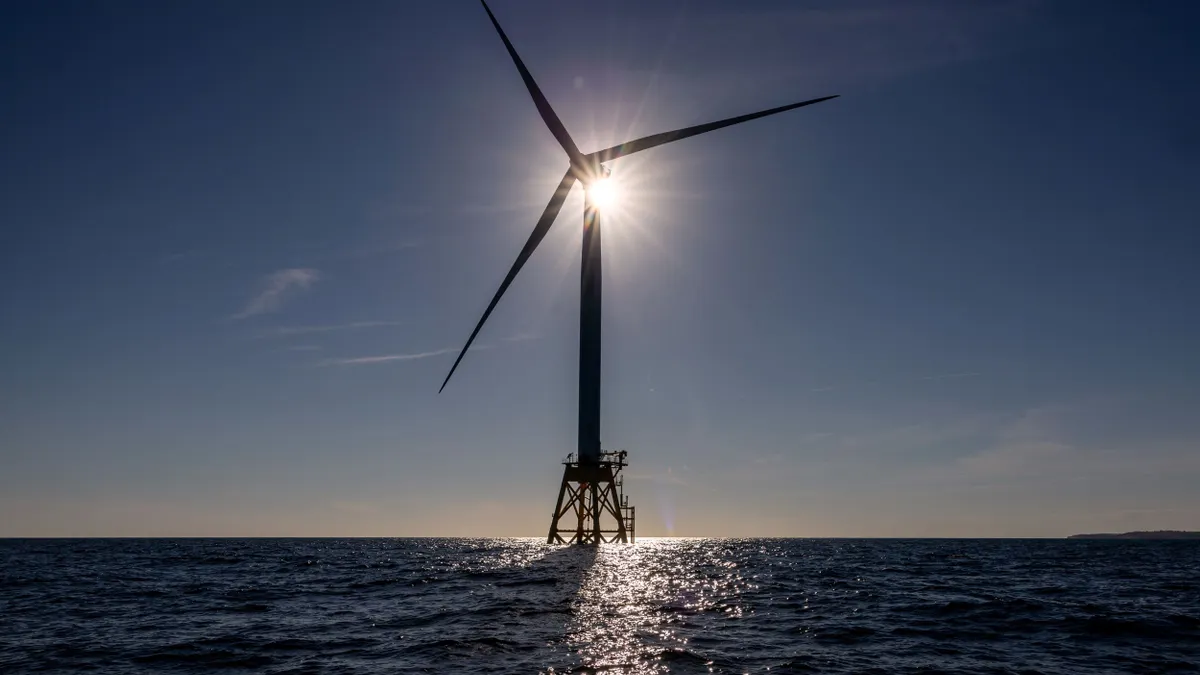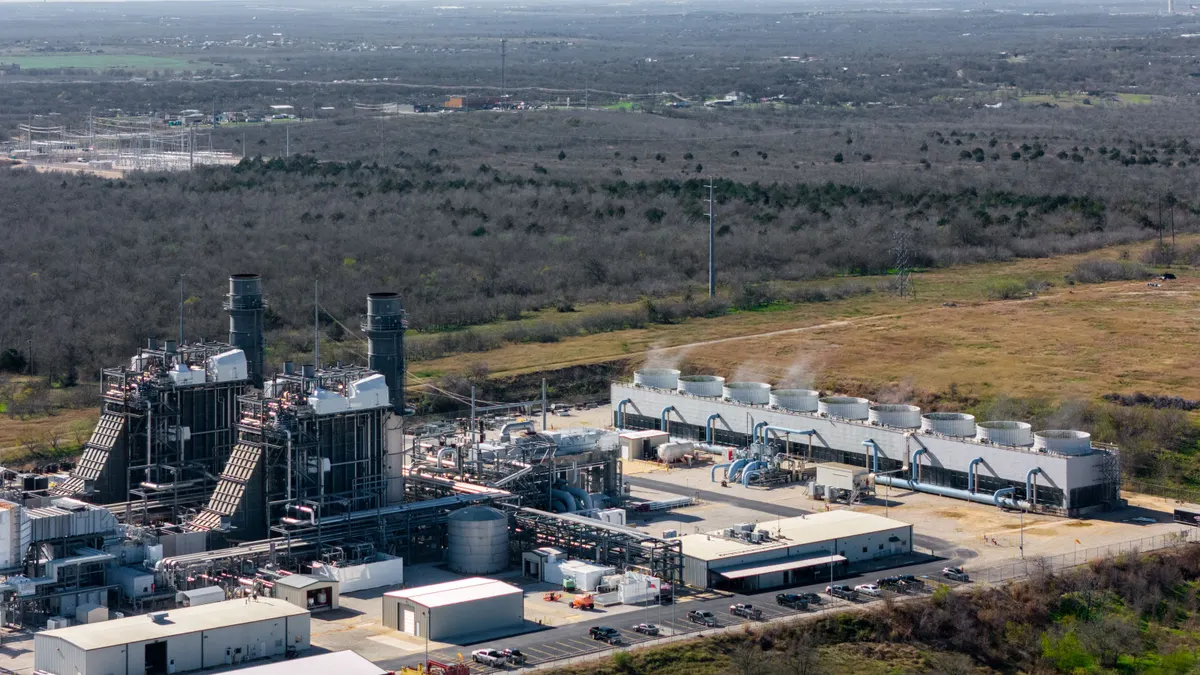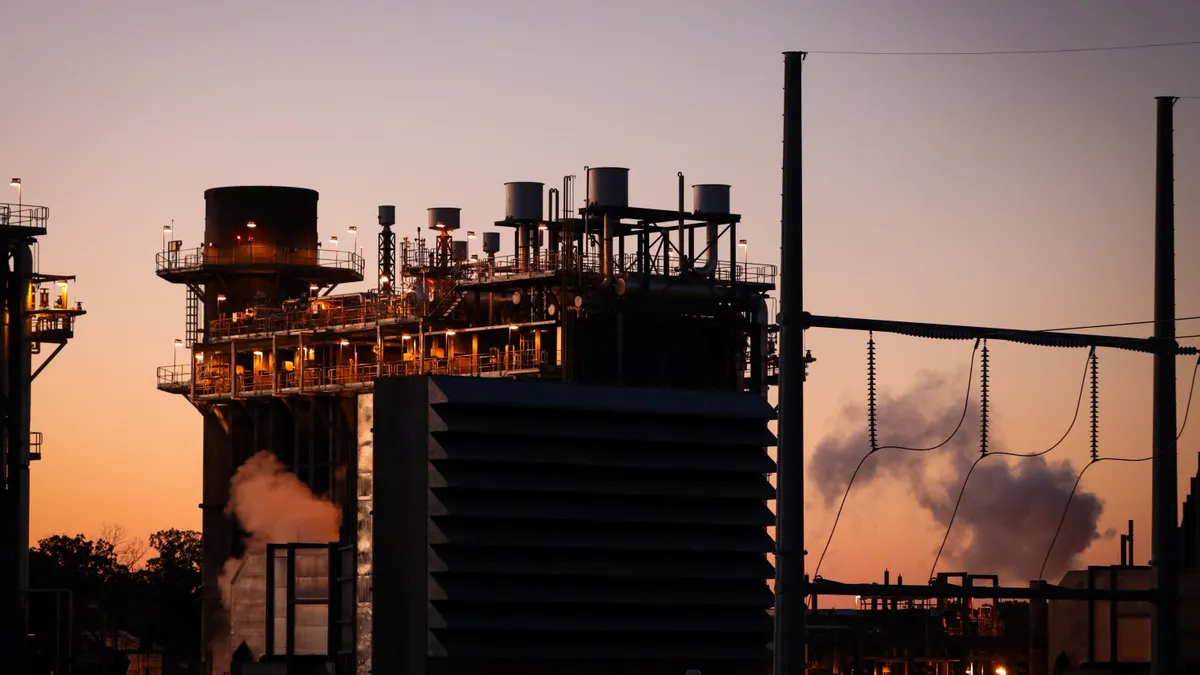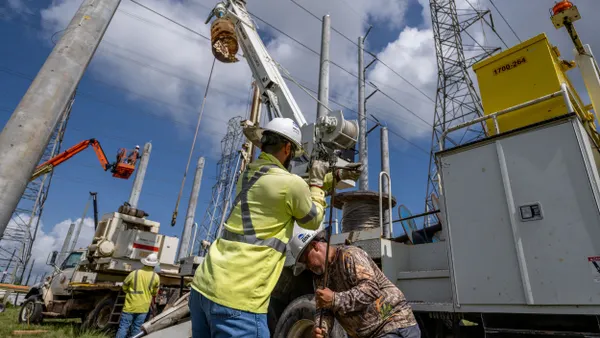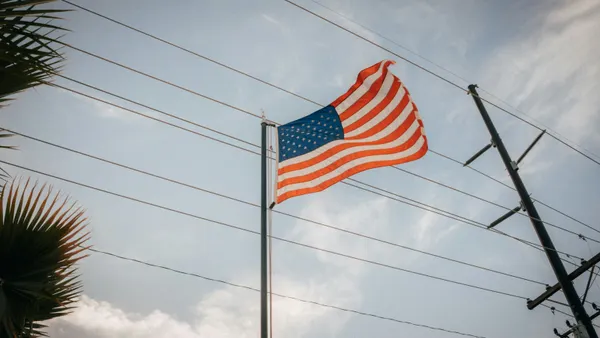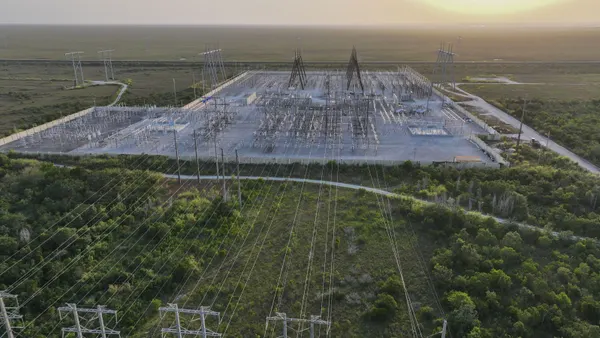Dive Brief:
- The New Jersey Board of Public Utilities on Wednesday voted to delay the development of transmission infrastructure intended to facilitate the interconnection of offshore wind energy. Citing federal policy uncertainty and a need to protect ratepayers, a $1 billion set of upgrades led by Jersey Central Power & Light was delayed 30 months.
- The Trump administration has taken a series of steps to slow or halt the development of renewable energy, and wind projects in particular. Among the impacted projects is New Jersey’s first planned offshore wind project, the 1.5-GW Atlantic Shores 1, which was originally expected to begin delivering power in 2027. In June, however, the developer appeared to pull back in what company leadership called a “reset” but “not the end” of the project.
- “The offshore wind landscape has changed,” JCP&L spokesperson Christopher Hoenig said in an email. But despite the project delay, the utility said it is committed to working with state regulators and regional grid operator PJM Interconnection to “build a more robust and modern backbone to the electric grid.”
Dive Insight:
New Jersey regulators approved the Larrabee Tri-Collector Solution in 2022, in an order directing investor-owned JCP&L to develop an “innovative transmission solution” utilizing a single onshore point of interconnection to ultimately accommodate three high-voltage direct current circuits.
JCP&L estimated the cost of its system expansion to accommodate offshore wind at about $723 million, or roughly 70% of the nearly $1.1 billion approved by regulators.
The plan aligned with New Jersey’s broader offshore wind goals, which aimed to connect 7,5 GW of offshore wind by 2035. But President Trump’s opposition to wind energy has created headwinds. The state has set a goal to meet 100% of its energy needs with “clean” energy by 2035.
The developer of Atlantic Shores 1 in June filed a petition asking the state to terminate the project’s offshore renewable energy credits and release it from all associated obligations.
“The project is no longer viable upon the terms and conditions set forth in the [Offshore Wind Renewable Energy Certificate] Order,” which was issued in 2021, the company said. Officials blamed the Trump administration for actions taken against renewables in general and the project specifically, including revoking its air permit.
Since then, the Bureau of Ocean Energy Management announced its intention to rescind designated offshore “wind energy areas” on the U.S. Outer Continental Shelf.
At Wednesday’s open meeting, New Jersey BPU staff and regulators acknowledged the need to delay offshore wind infrastructure projects.
“A recent shift in policy by the federal administration has introduced significant uncertainty to the development timeline of offshore wind projects,” Genevieve DiGiulio, the BPU’s offshore wind project manager, told the board.
Staff recommended JCP&L limit all expenditures related to the projects, and that the utility request PJM delay the current expected in service dates from June 1, 2030, to January 1, 2033.
Commissioners approved the delay 3-0.
After two and a half years, the projects will have updated agreements with new milestones in them, DiGiulio said. And future BPU commissioners will have the opportunity to reevaluate the schedule.
“Obviously some federal uncertainty has created a situation where we need to make sure that we're acting in a way that we always do — in the best interest of rate payers,” BPU President Christine Guhl-Sadovy said. The BPU selected JCP&L’s project with an aim to save ratepayers $900 million, “and so we hope that it can continue at some point, under different leadership.”
The project delay “is a setback fueled by President Trump’s clean energy ban and a desire to end to all clean energy projects due to his loyalty to oil and gas billionaires,” New Jersey League of Conservation Voters Executive Director Ed Potosnak said in a statement. “It will not stop our fight for a clean energy future in New Jersey.”



